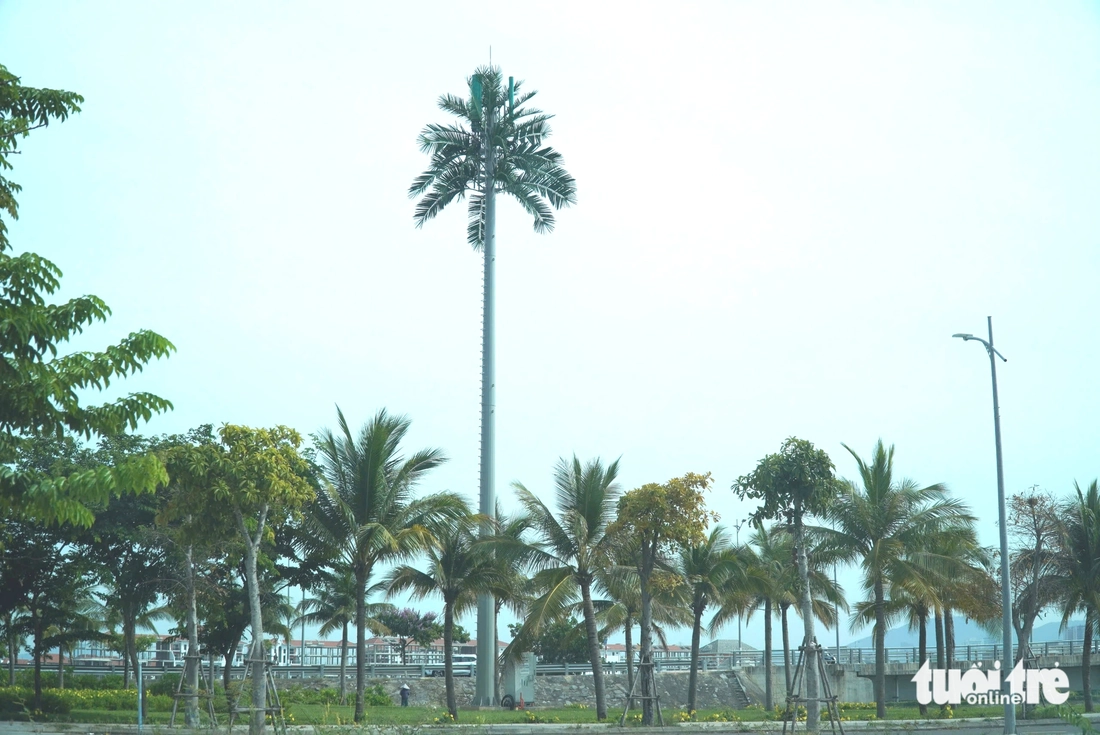
A BTS station nestled amidst a coconut grove in Ngu Hanh Son district, Da Nang - Photo: TRUONG TRUNG
According to statistics, Da Nang has now developed 1,856 BTS stations with compact, environmentally friendly antenna towers (accounting for 66% of the total number of towers).
In particular, many stations have been camouflaged to blend in with the surrounding landscape, contributing to the aesthetic appeal of the urban area.
Speaking to Tuoi Tre Online, Mr. Nguyen Thanh Tuyen, deputy director of MobiFone Service Company Region 3, said that the installation of BTS stations in urban areas fully complies with the standards and regulations issued by relevant ministries.
In addition, MobiFone also plans its network development based on the passive telecommunications plan and local urban development regulations.
Mr. Tuyen stated that not only in Da Nang, but also in major urban centers nationwide, MobiFone is coordinating with state management agencies and infrastructure units to reinforce and replace existing streetlights with new ones that have a similar design but integrate signal transmitting and receiving equipment.
In Da Nang, this solution has been implemented at 23 locations along Truong Sa, Tran Hung Dao, Bach Dang extended, Vo Nguyen Giap, Nguyen Tat Thanh streets, and other routes.
In central residential areas and coastal resorts with suitable land, MobiFone installs single poles (monopoles) 22-30m high, designed in the shape of coconut or pine trees to blend in with the surrounding landscape.
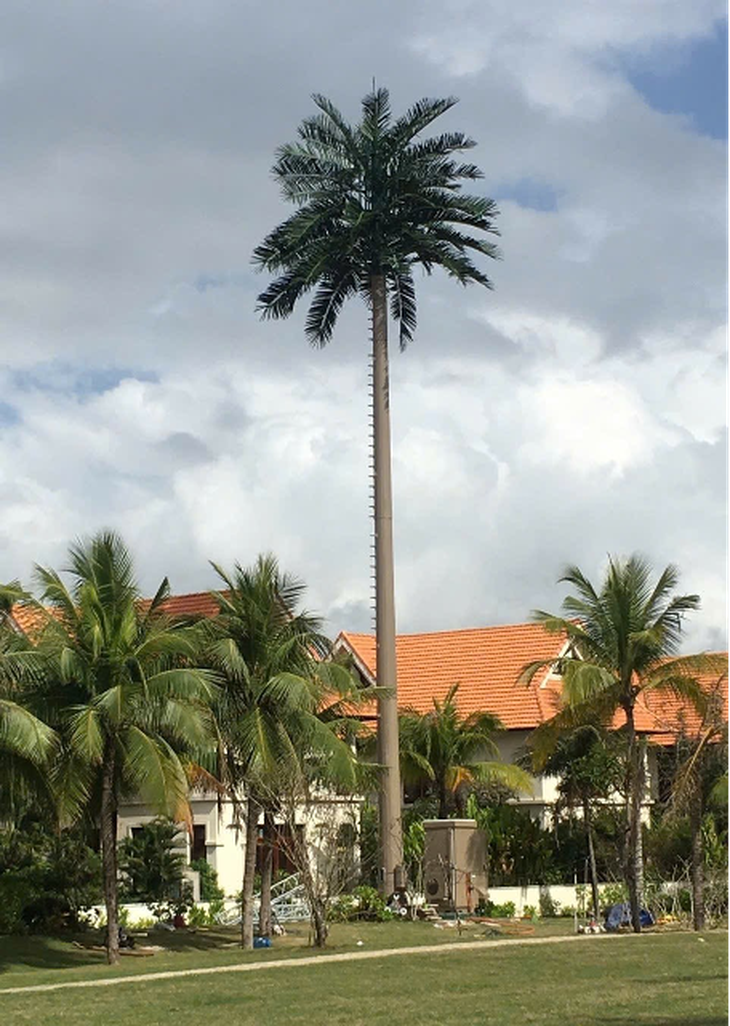
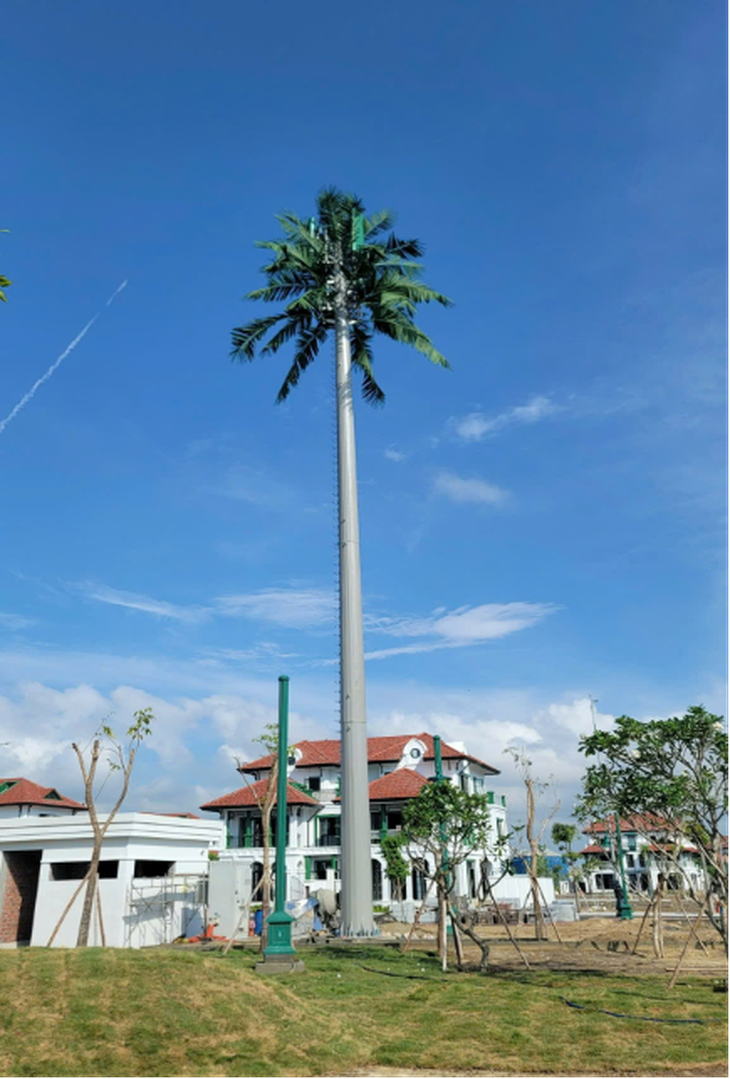
"Coconut tree" BTS statues at two coastal resorts in Da Nang - Photo: MBF
"This type of camouflage disguised as coconut trees is deployed in many areas including beaches, coastal resorts, residential areas, and tourist areas."
"In addition, in urban areas, we also apply other eco-friendly solutions on rooftops such as BTS towers shaped like water tanks, cluster antennas, etc., to ensure aesthetics and suitability with urban architecture," Mr. Tuyen added.
Furthermore, according to Mr. Tuyen, the MobiFone Central Network Center has also expanded this model to provinces in Central Vietnam and the Central Highlands such as Hue, Binh Dinh, Kon Tum, and Dak Lak.
Meanwhile, a representative from Viettel in Da Nang stated that during the BTS station installation process, in addition to adhering to the general plan, the company also coordinated with relevant authorities to conduct site surveys.
"In areas with unique topography, we discuss and come up with environmentally friendly solutions that harmonize with the landscape. For example, in coastal areas with many coconut trees, we try to create a harmonious and aesthetically pleasing environment."
"For example, during a recent survey of the South Hai Van area, which has many pine trees, we agreed with the Da Nang authorities to plant transmission towers in the shape of pine trees," a representative of the network provider said.
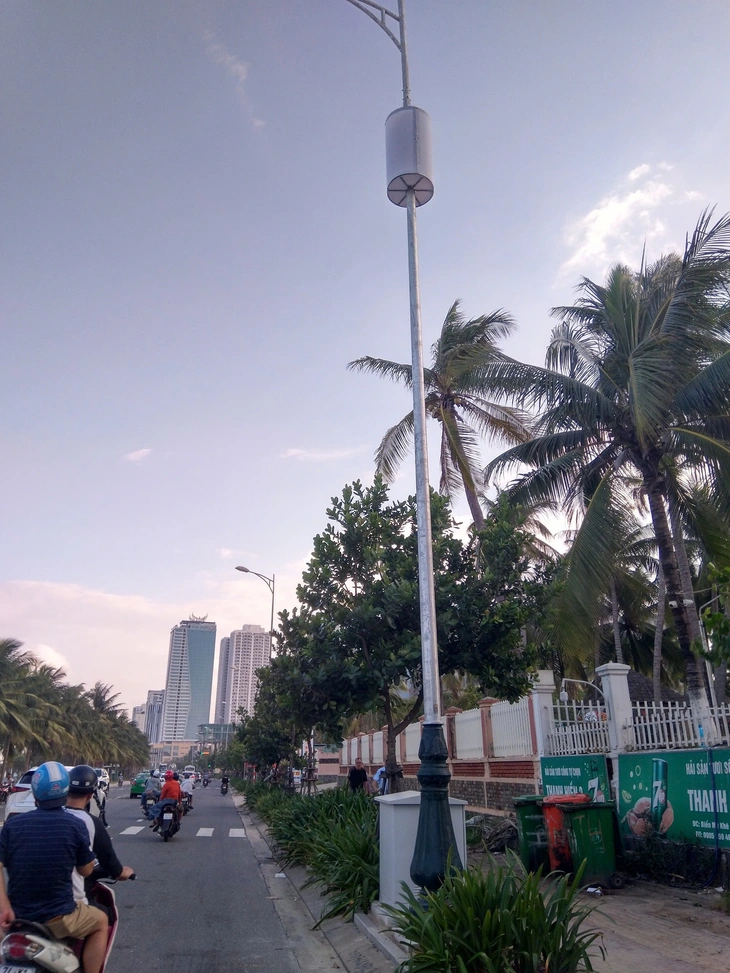

BTS base station disguised as a street light pole in Da Nang - Photo: TRUONG TRUNG
Gradually replacing the old station with one that harmonizes with the urban landscape.
According to Mr. Nguyen Thanh Tuyen, in terms of construction, BTS stations typically use types of structures such as guyed antenna masts on the roof (12-15m high), pole-mounted antenna masts on the roof (3-9m high), and monopole-mounted antenna masts on the ground (18-30m high).
However, in order to meet aesthetic and public safety requirements, local licensing authorities are now tending to restrict the use of guyed antennas on rooftops.
Replace them with lower-pole stations, while promoting solutions that make BTS stations more environmentally friendly and harmonize with the urban landscape, especially in culturally, politically, and tourism-sensitive areas.
Source: https://tuoitre.vn/noi-nao-o-da-nang-tram-bts-nguy-trang-thanh-cay-dua-bon-nuoc-20250624164531236.htm









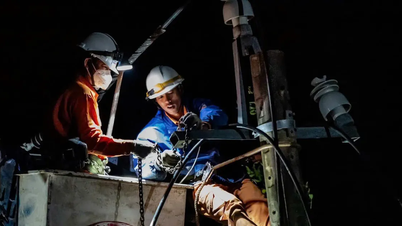



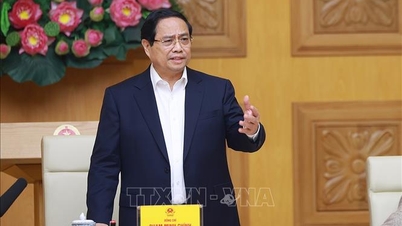
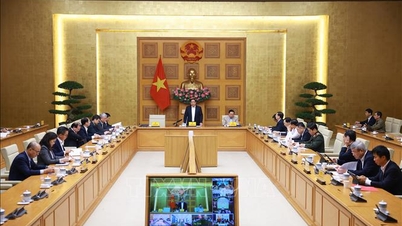
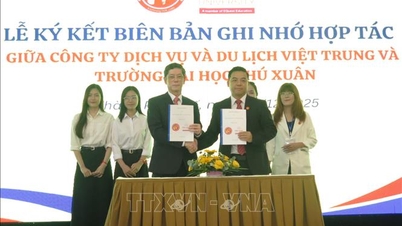
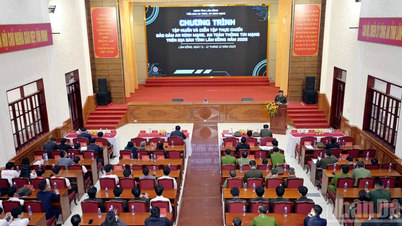








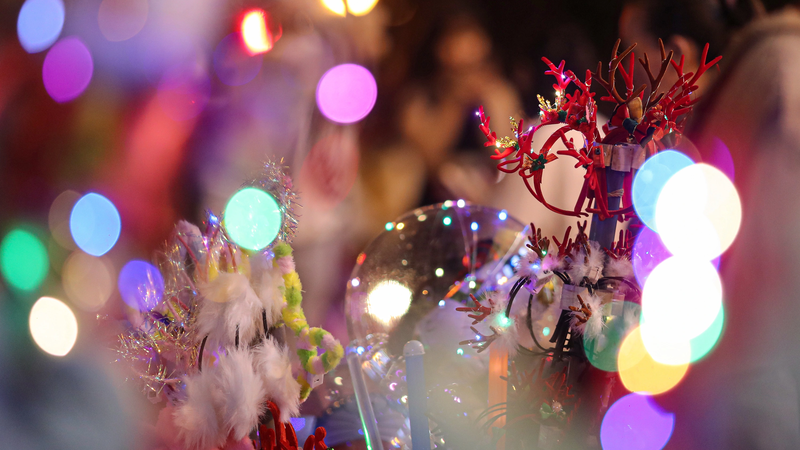












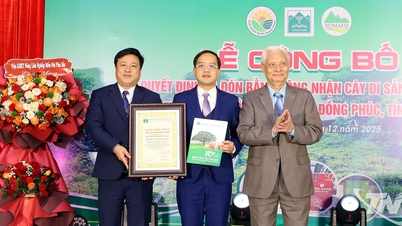




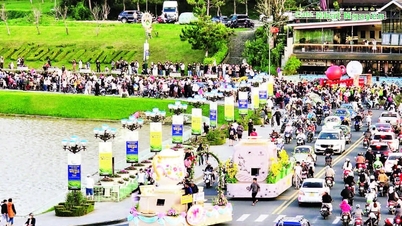

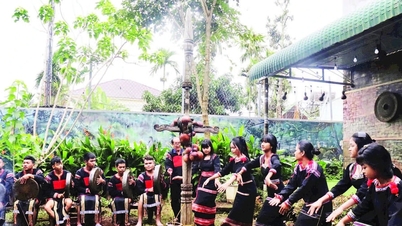













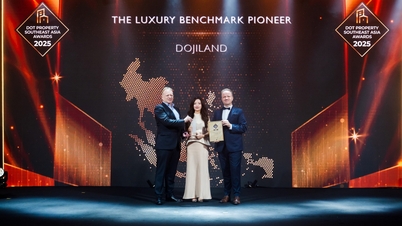
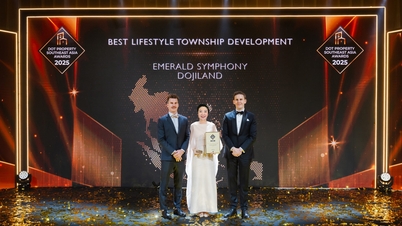
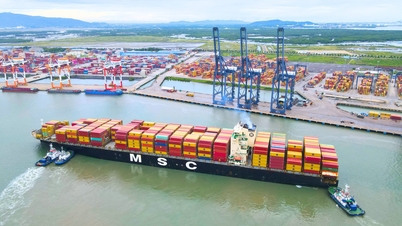





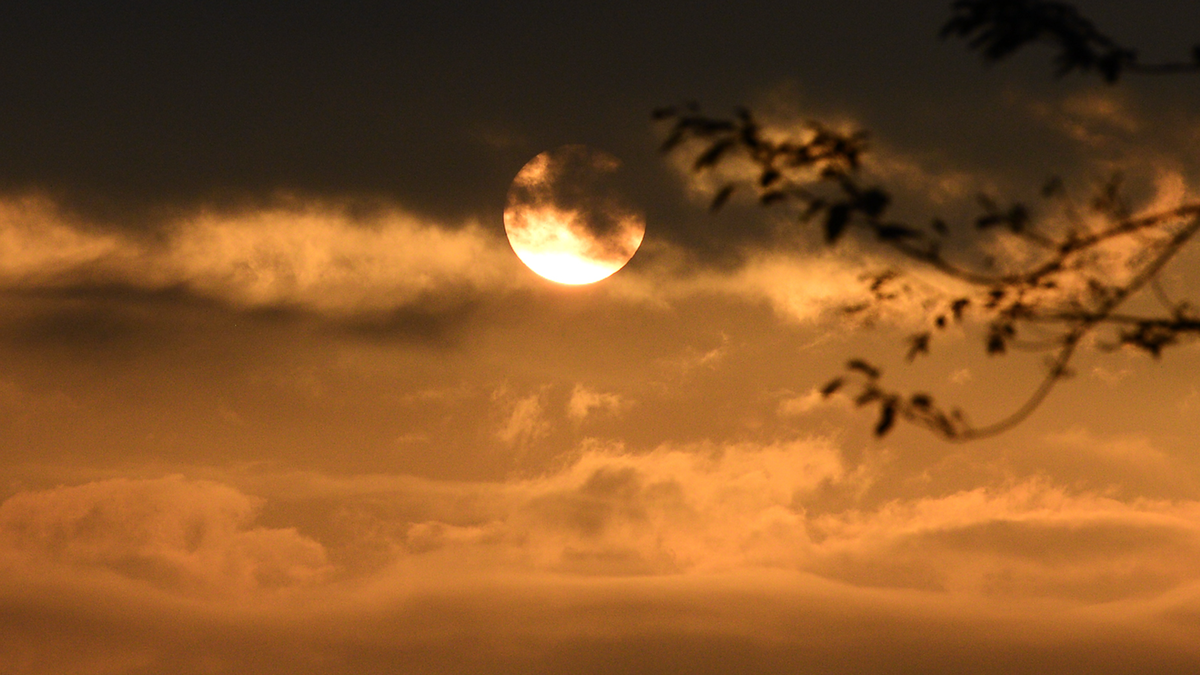
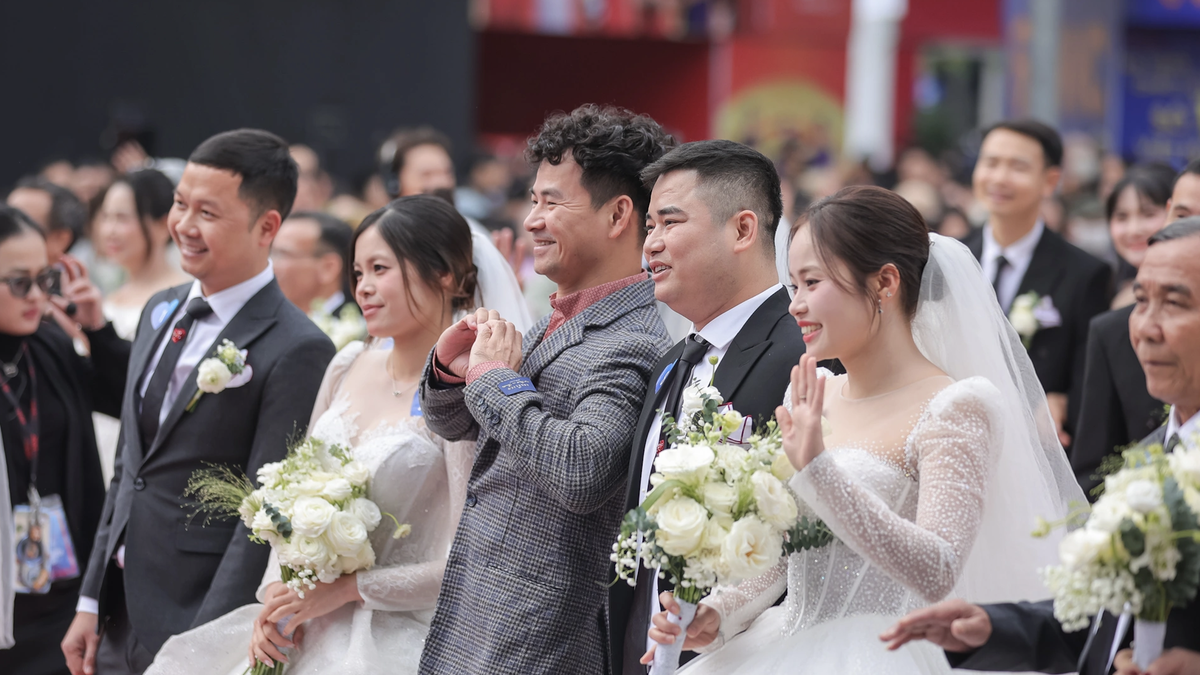
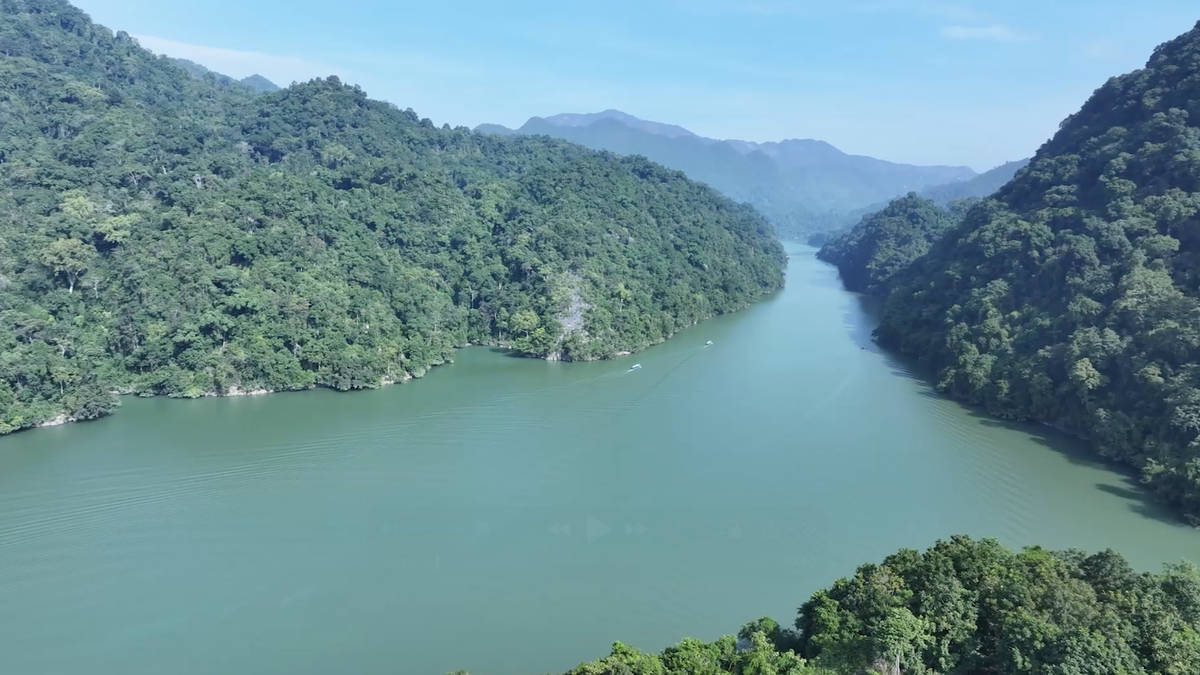







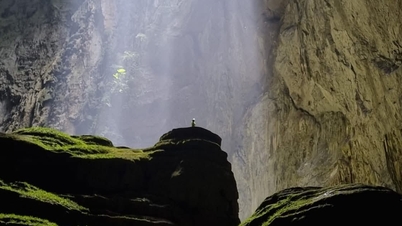












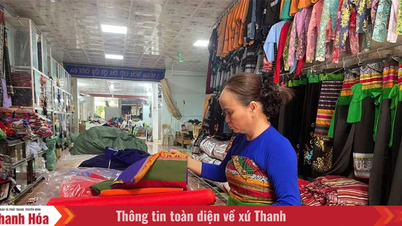

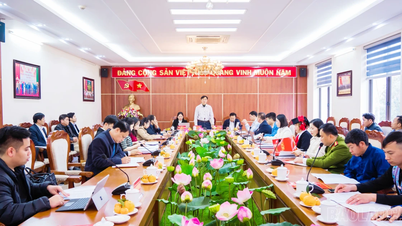

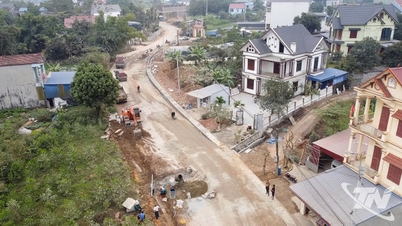












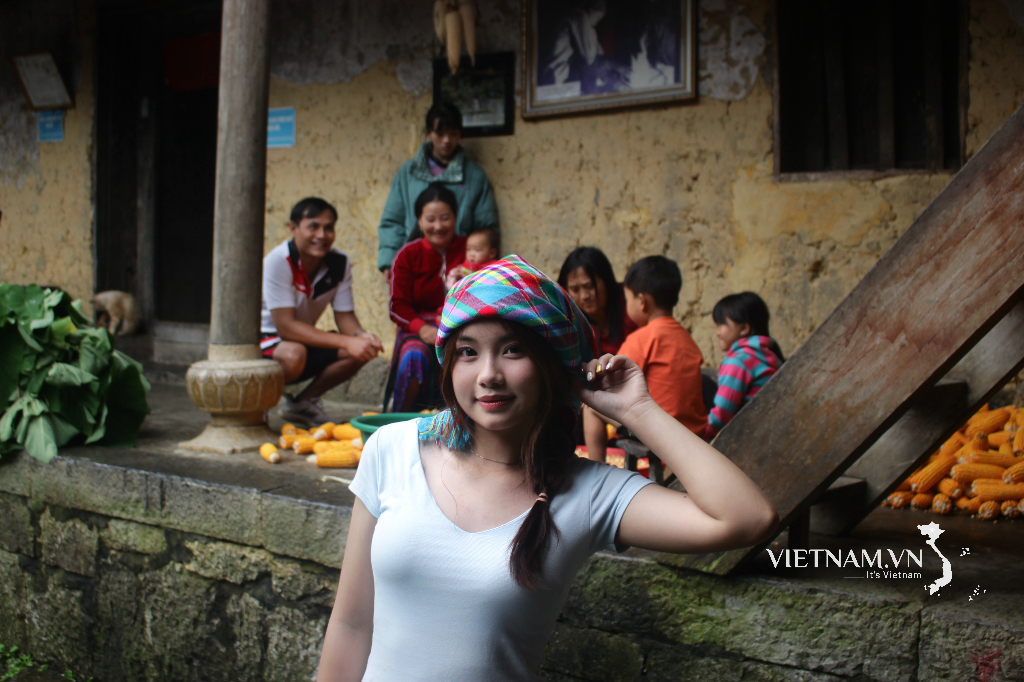

Comment (0)